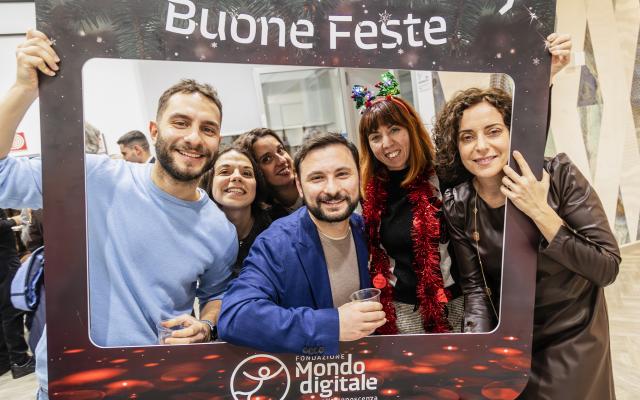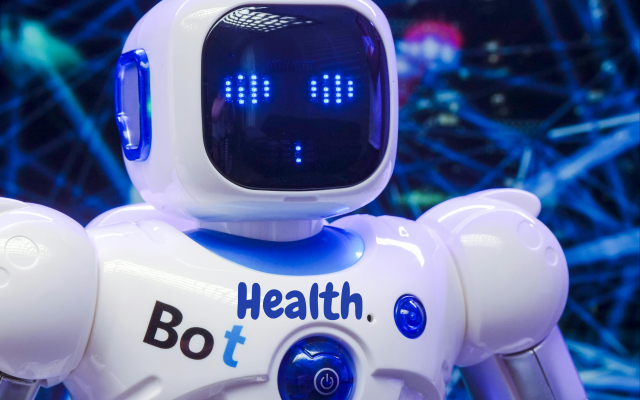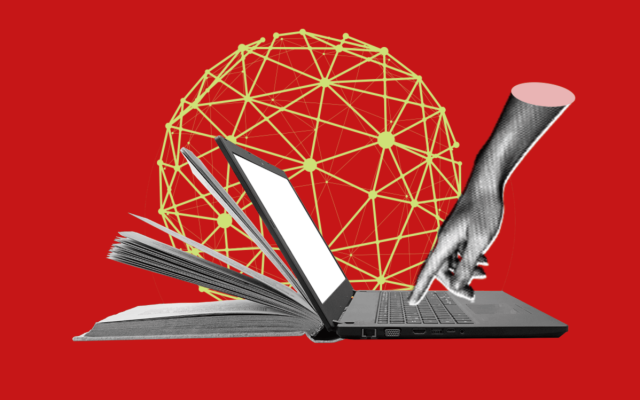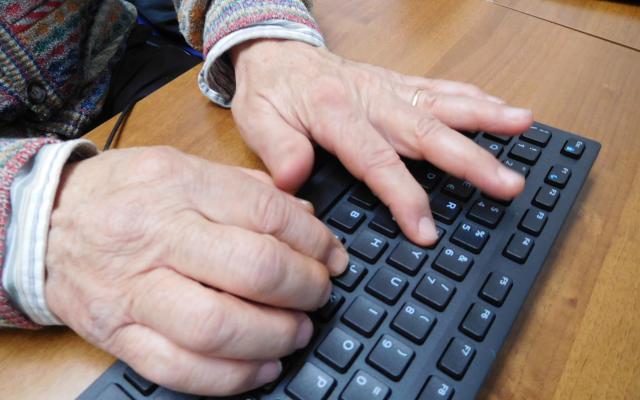The Trust aWare Model at the TeleXBe Conference
In recent decades, digital technology has had a massive and pervasive impact on our lives at various levels: i.e., leisure, work, health and learning. In this scenario, the education sector had to revamp the entire learning environment. The development of information and communication technology provides opportunities and benefits to the educational area, when used in conjunction with traditional and blended approaches to learning and teaching. The blended model is a possible solution for creating a flexible learning environment that can be adapted to the preferences and learning needs of students.
We return for the second consecutive year to Vieste for the fourth edition of di Technology Enhanced Learning Environments for Blended Education (teleXbe) 2023, an event organized by the University of Foggia in hybrid mode (June 29 and 30).
The international conference will engage researchers, practitioners, educational developers, and entrepreneurs to address current challenges and advances in the industry.
The goal is to advance a set of scientific knowledge and intervention methodologies that can be applied in a targeted way to the design and development of technologies that support the learning process. Indeed, teleXbe aims to foster a community of practice in this field, offering diverse perspectives from multidisciplinary sectors (i.e., computer science, education, psychology).
On the first day, in the English session, Annaleda Mazzucato, Project Manager at the Fondazione Mondo Digitale, Andres del Álamo Cienfuegos and Maria Pretel Aguilar (Cibervolutarios) intervened. The title of the contribution is " From a user-centric co-creation process and assessment approach to a cyber literacy path: the TRUST aWARE pilot experience." The presentation will address the user-centered co-creation approach applied to the development of the Trust aWare solution, illustrating how the participatory evaluation process has actively involved over 450 citizens of all ages and skills, and how this process has become an opportunity to develop an innovative approach to computer literacy training.




